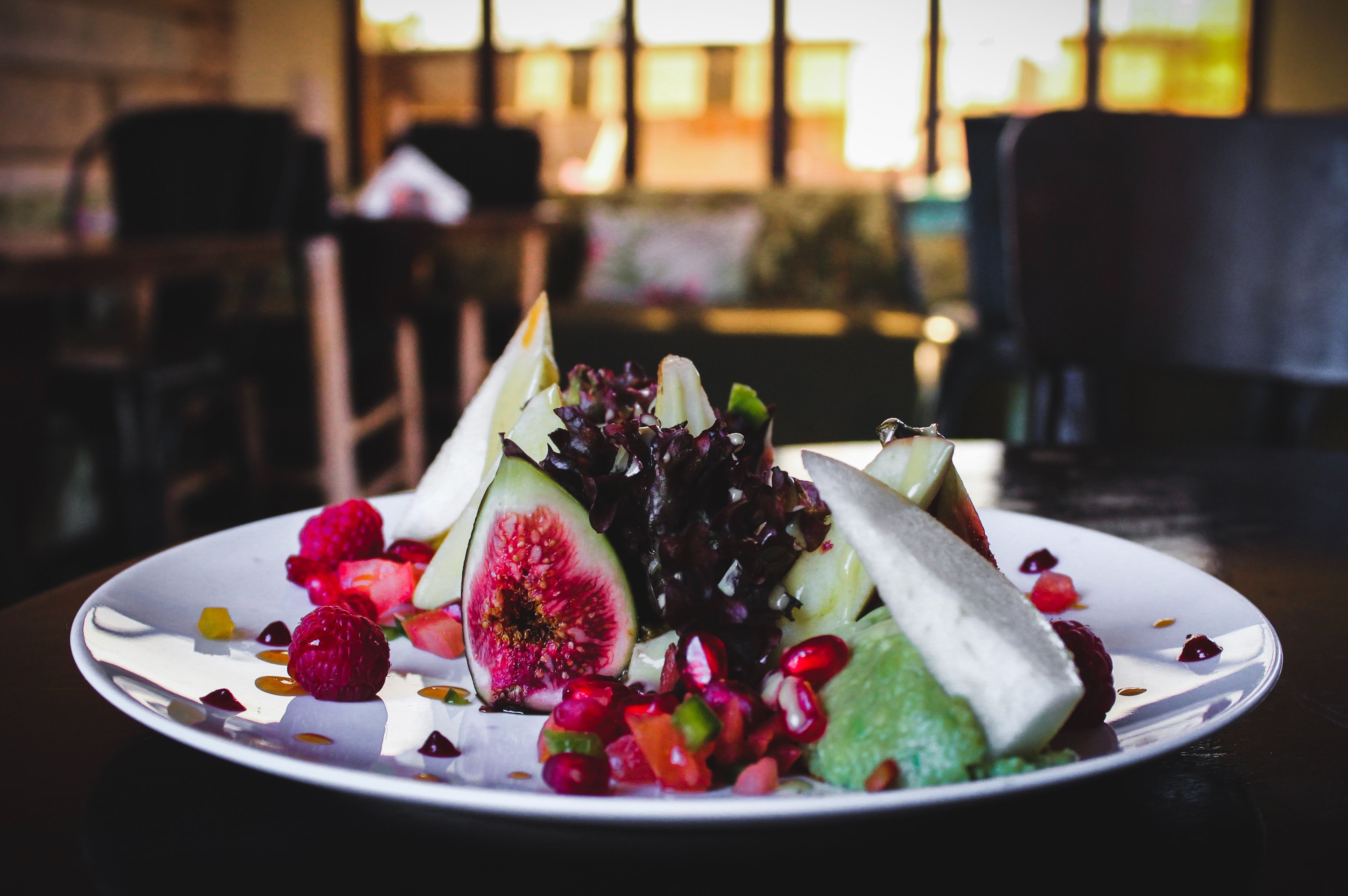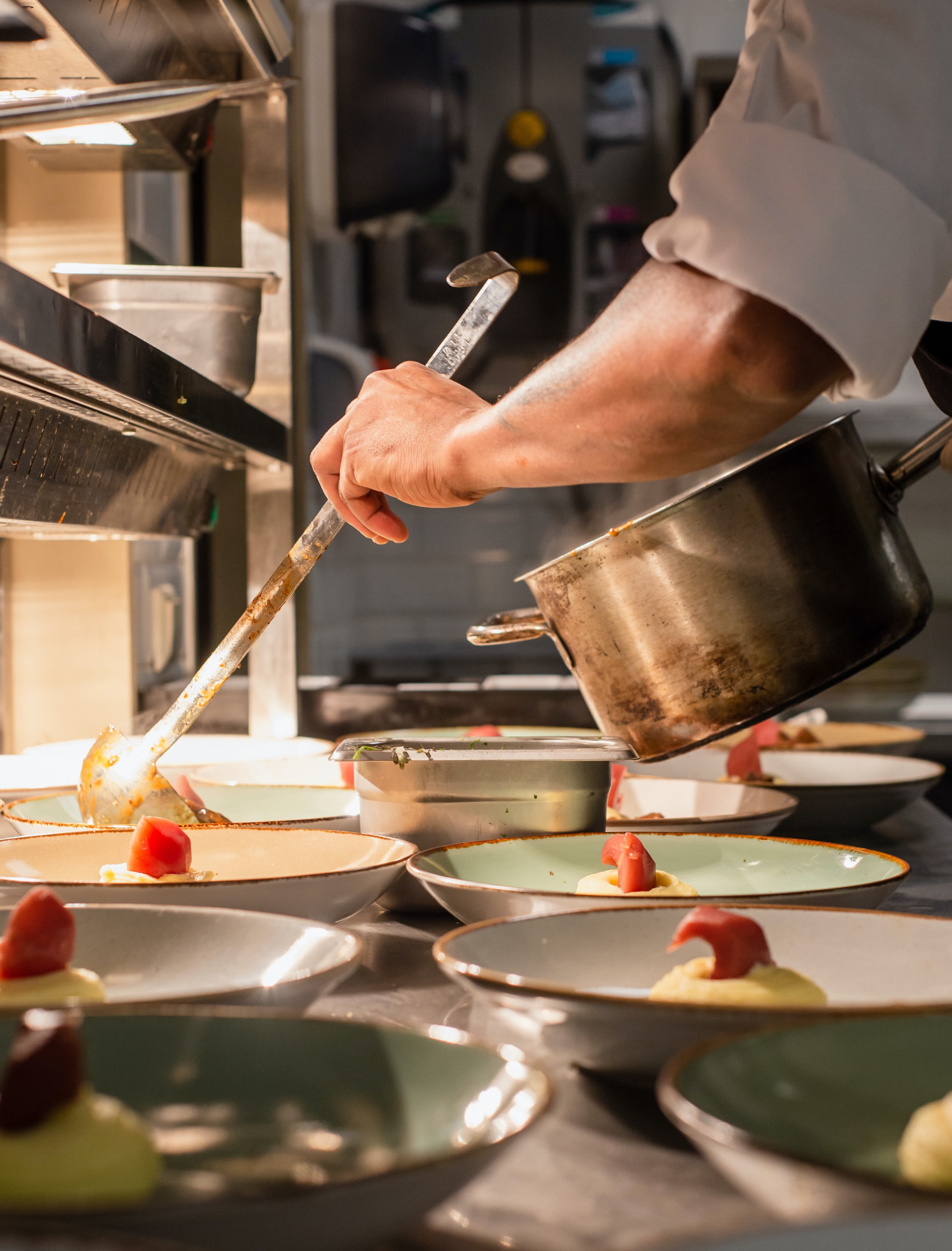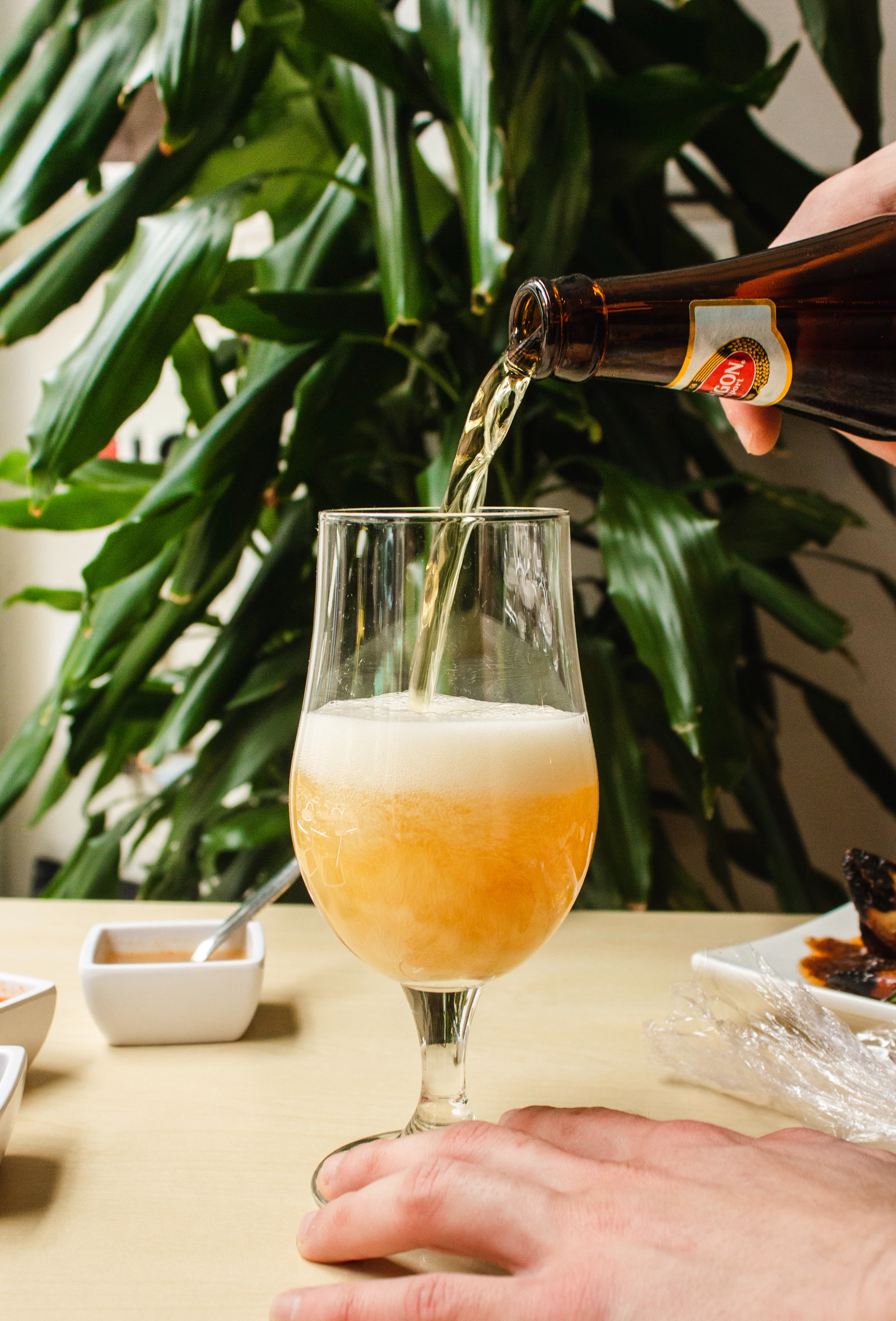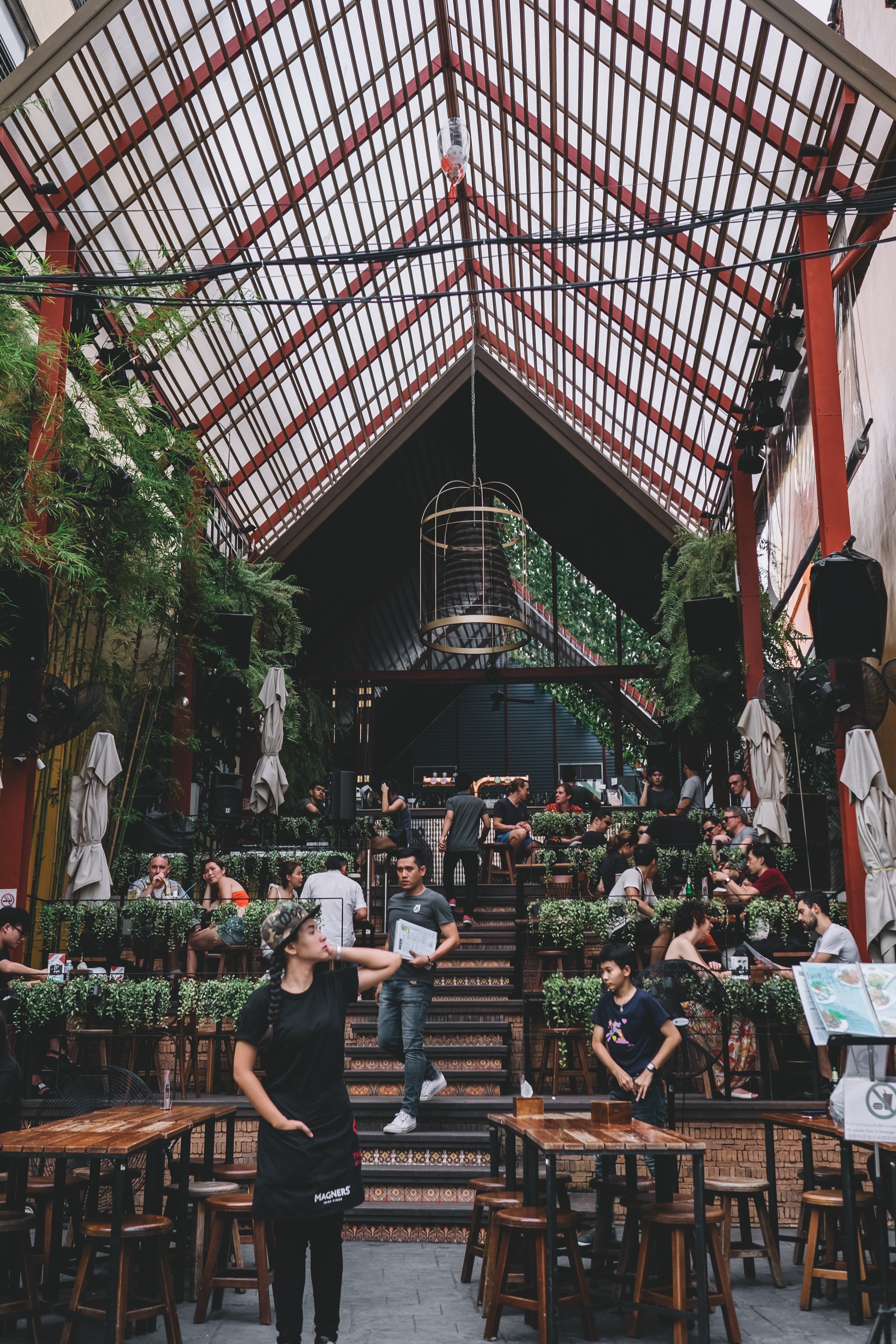The Path To Sustainable Gastronomy

Whether you are aware of it or not, food has played a crucial part in the course of human history, with cultures and communities developing styles of cooking, which evolve over time.
This gives us the many kinds of cuisine we get to taste and love today. We call these styles of cooking and local cuisine “gastronomy”, which also mean the art of food. Yet, in recent times we have seen the increasing need to be more careful so as to preserve our resources and environment.
Hence the observance of Sustainable Gastronomy Day by the UN every June 18th. Here are three ways you as a consumer can contribute to sustainable gastronomy.


Here are three ways you as a consumer can contribute to sustainable gastronomy:
Buy from local farmers!
Give support to local farmers by visiting local markets and obtaining produce from them. A bonus if their produce is free of synthetic fertilisers and pesticides!
Not only does this grant financial support to small producers or farmers in their work, but it also helps the environment since synthetic fertilisers and pesticides degrade soil quality which will hurt food production in the long run.
Less meat, more vegetables!
There is much more benefit to eating greens than you might think. Other than personal health benefits, eating less meat also does the environment a huge favour by reducing greenhouse gas emissions wrought by farming livestock.
Livestock such as cows and chicken release methane gas when they digest food which traps hot air in the atmosphere. Not to mention that deforestation happens to clear land for these farms. This brings further impact to climate change.
Today, we have our very own Kalidevan, better known as Chef Dave, who has gained more than 60,100 YouTube subscribers and 132,000 Facebook followers by sharing vegan recipes of Malaysians' favourite dishes, such as nasi lemak, laksa, tom yum, and even bah kut teh.


Avoid food wastage!
This point is one we’re intimately familiar with yet still as relevant and important in our quest for sustainable gastronomy today. It is important to take into account the portion size of our meals, make the most use of ingredients, and save leftovers so that no food goes to waste.
The flip side of this is when portion sizes are too big and cannot be finished in one meal, and leftovers as well as ingredients are left for too long they end up spoiled. Aside from unnecessary waste of food or money, food waste also leaves a negative environmental impact by contributing greenhouse gases.
Just last year, The Prince of Wales joined forces with celebrity Chef Jamie Oliver to help teach people how to cut greenhouse emissions – and save money – by reducing the amount of food they waste.
All in all, the key to sustainable gastronomy is to ensure the preparation of food does not cause detriment to our health or environment.
It is important to practice it if we are to have our food resources last for longer, overall moving closer to achieving zero world hunger – not to mention better enjoy the variety of cuisine that exists in the world today.
